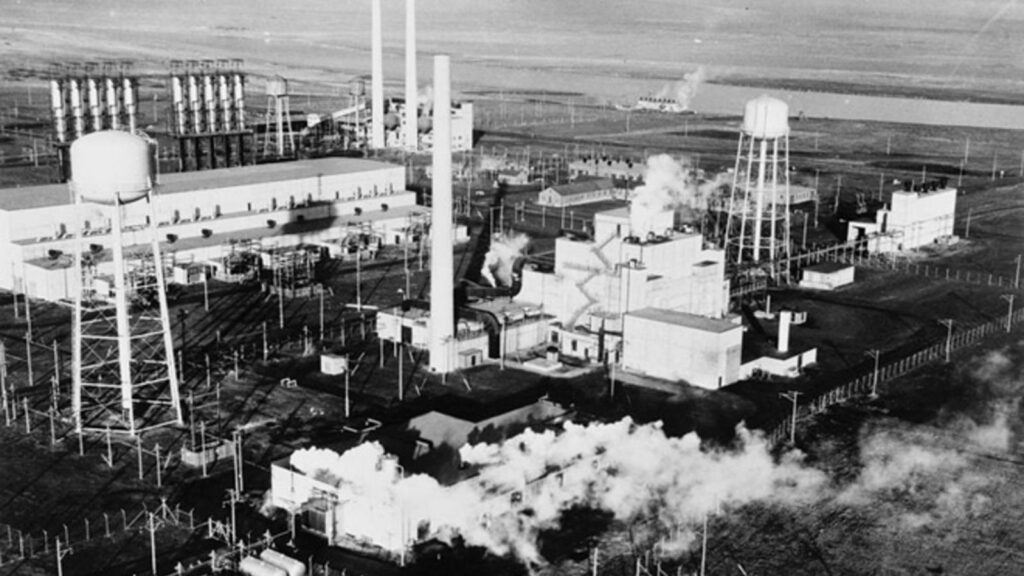The Manhattan Project was one of the best-kept secrets of the American government. With over 130,000 people employed and a budget of 2 billion dollars, you would think someone would have known about them.
Workers had no idea what their tasks were for, as the specifics of the Manhattan Project were kept so secret. A laundress was assigned to a tool “to listen for clicking noises.” It was a Geiger counter, used to check the radiation levels of uniforms.
The Manhattan Project
The Manhattan Project was a research and development project during the Second World War. Its primary focus was to develop highly advanced weapons that the Allied Forces will use to defeat the Axis Powers.
The Project saw its fruition in 1938 when German scientists Otto Hahn and Fritz Strassman discovered nuclear fission. The discovery of these German scientists led Albert Einstein and Leo Szilard to warn then President Roosevelt that the Germans may be building an atomic bomb.
It was officially created in 1942 and was named Manhattan Project because it was first located at 270 Broadway, Manhattan.
The Project gave way to new warfare – the atomic kind. (Source: Atomic Heritage)
Security and Secrecy
Ensuring the Manhattan Project sites were covert and secure was an essential part of maintaining the project secret. This was one of the significant actions the head of the Project, General Leslie R. Groves, had to bear. Though the Project was named Manhattan Project, its locations and sites were nowhere near Manhattan at all. Instead, the project engineers chose specific areas that were practically isolated from the public masses.
Individuals employed in the Project had to undergo scrupulous background checks before they could start on their jobs. The FBI was tasked to ensure that employees had no criminal records and had no suspicious connections with Axis supporters. Once cleared, the employees would be given security badges that bore their name, photo, and level of clearance. Depending on their clearance levels, employees were only on a need-to-know basis for their tasks.
Another way General Groves maintained secrecy was to control how the employees talked and wrote. On top of this, all workers had to sign a form pledging silence about the Project. The general also enforced propaganda to regularly remind employees how they should write and talk to protect the Project’s secrets. “What you see here, what you do here, what you hear here when you leave here, let it stay here!” was a standard billboard in all of the Project sites. (Source: Life)
Legacy
Perhaps the most notable legacy of the Project is the bombing of Hiroshima and Nagasaki during the second world war. This was the first time the U.S. used the product of the Project for warfare. This bombing caused about 237,000 casualties. Little Boy and Fat Man were the Project’s babies, showing the world that the war has now taken a different path.
This Project propelled warfare into a more complex form. It ignited nuclear research on other continents and started the nuclear arms race of the Cold War. (source: Atomic Heritage)
